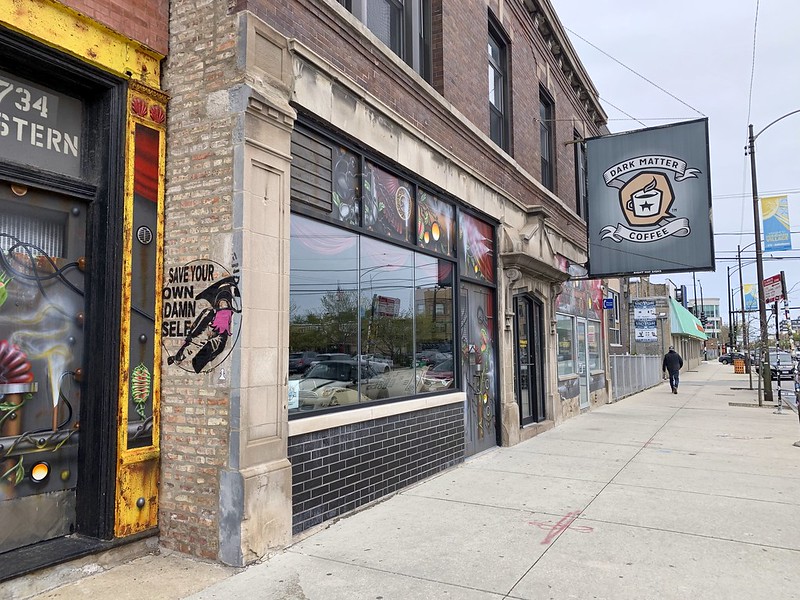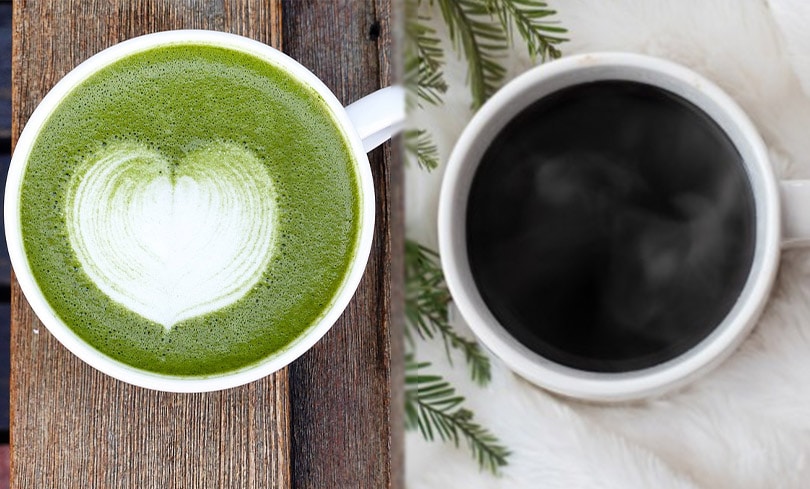
Matcha tea has become a popular beverage in coffee houses and specialty shops around the world. It is associated with many health benefits, plus its caffeine makes it a nice alternative to coffee. When thinking about Matcha as an alternative to coffee, however, how does it add up?
If you have ever been curious about how Matcha and coffee compare in terms of health benefits, you have come to the right spot. After a lot of testing, research, and conversations, we have uncovered the pros and cons of each beverage.
Scroll along below to get a detailed look at which of these caffeinated drinks is the best bet for you and your health.

Brief Matcha History
Matcha is a form of green tea that comes from the Camellia Sinensis plant. Instead of adding the leaves to hot water and allowing them to steep as you would with green tea, Matcha is the process of grinding the leaves in a powder then add it to hot water.
Meaning powdered tea, Matcha was first consumed by the Chinese. It was a Buddhist Priest named Eisai who introduced the concept in Japan after studying at a Buddhist Monastery in China in the 12th century.
More commonly known as “beaten tea”, Japan’s elite priests and samurai warriors made Matcha popular. It is still part of the Japanese tea culture, and it is often combined with mediation. This ceremonial tea-drinking experience is referred to as “The Way of Tea” still today.
As travel became more common and attainable, Matcha hitched rides to countries all over the world. Although it remains a Japanese custom, the beverage has found popularity across the globe.

Brief Coffee History
Coffee comes from the tropical evergreen plant called Coffea. The roasted beans we grind for coffee are seeds extracted from the fruit of the Coffea plant. Unfortunately, there is no definitive record of when coffee came into existence, but there are some clues researchers have picked up to give us an idea.
Coffea plants are thought to have originated in centuries-old forests on the Ethiopian plateau. From there, it was brought to what is now known as the middle east/Arabian Peninsula in the 15th and 16th centuries.
Known as the “Wine of Araby”, thousands of travelers going through the city of Mecca not only got to try the strange brew, but they also were able to carry it with them on their journey home. Eventually, coffee made its way to Europe in the 17th century, though, it was initially not well received. Until gaining the Pope’s approval in 1615, it was thought to be the devil’s drink.
Further travelers brought coffee to the United States in the mid-1600s, and the 1773 Boston Tea Party sealed its fate as a national favorite. It was around the same time coffee found its home in Central and South America where it has gone on to be one of the major cash for the various countries.

Overview of Matcha:
Matcha can be consumed at home or in cafes. It has become popular for its unique taste, smooth energy, and health benefits. There are two grades of Matcha, as well: ceremonial grade and culinary grade. Ceremonial tea is more expensive, and it generally has a better taste. Culinary, which you find at most cafes and in stores, ranges in cost and quality.

How To Drink Matcha
Matcha is made by combining the powder with hot water. Green tea leaves are ground into a fine powder typically using a granite or stone grinding bowl. The powder is then strained to remove any clumps.
The bright green powder is then whisked into hot water using a zig-zag pattern. Traditionally a bamboo whisk is used to combine one to two teaspoons of powder with two ounces of water just short of boiling temperature.
Matcha powder can also be added to milk for Matcha lattes. Additionally, many people use matcha powder in smoothies and other food such as bread, cakes, ice cream, soup, and various other recipes.
Matcha Taste and Flavor
Essentially a concentrated form of green tea, Matcha is known to have a smooth taste that’s a bit grassy-spinachy to match its bright green color. Although it’s not necessarily bitter, it can have a slightly astringent flavor. The better the quality, the less astringent it will be.
Some people also describe Matcha to have a rich and creamy mouthfeel due to the foam created by whisking. It can also be rich with a hint of sweetness. Sometimes compared to wheatgrass, Matcha is a full-bodied drink.
The color, or hue, also plays a role in the taste. As mentioned above, better-quality tea powder will have a less grass-like taste. Typically, the more yellow or grainy the Matcha appears, the more likely it’s a lower grade. Higher grades will be a bright green color with a richer, creamy, sweeter taste.

Health Benefits Of Matcha
The antioxidants in Matcha provide drinkers with a lot of health benefits that range from being helpful to lifesaving.
- Lowers blood pressure
- Lowers Cholesterol
- Fights cancer
- Anti-aging properties
- Boosts metabolism
- Helps weight loss
- Fights heart disease
- Lowers blood sugar
Unfortunately, it has not been determined that Matcha is the base cause of these benefits. Although studies have been done, they are popular studies and not clinical research. That being said, popular studies have shown a lot of positive benefits. We will dive into the research more below.
- Easy to make
- Unique flavor
- Many health benefits
- The powder can be used in many recipes
- Health benefits are not scientifically proven
- Quality can differ

Overview of Coffee:
Coffee is a staple in many people’s diets. There are endless cafes, coffee shops, brands, and varieties available. Overall, the two main types of coffee beans are Arabica and Robusta. Arabica is far more common, though it is fairly easy to get your hands on either. Like Matcha, however, there is variation in coffee quality that can affect taste, smell, and color. Plus, coffee also has its share of health benefits.
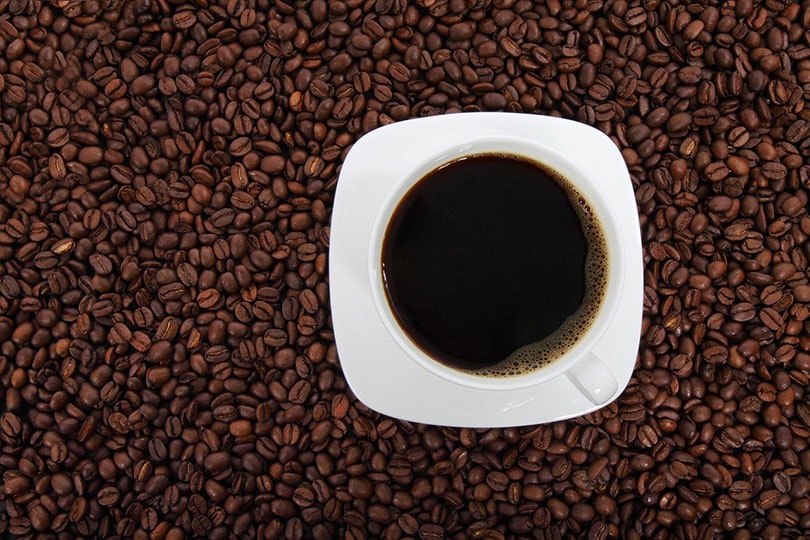
How To Drink Coffee
Coffee typically comes as either whole beans or pre-ground. Most coffee enthusiasts prefer whole beans as the flavor is better if the coffee is brewed shortly after its ground. Using a coffee grinder, the beans are reduced to a sand-like substance. Hot water is then filtered through it and the grounds discarded.
For a traditional espresso, the ratio is 1:2 coffee to water. This means if you have 20 grams of coffee, you should end up with 40 grams of coffee. This ratio can change depending on the type of brewer and coffee, however.
Coffee is now served in many ways. Common additions to the beans and water are milk, cream, and sweetener, but many people also add chocolate, caramel, vanilla, fruit extracts, etc.
Instead of the traditional shot of espresso, there are lattes, cappuccinos, iced coffees, and more. Coffee is also added to many other recipes and foods like candy, ice cream, and cakes come in faux-coffee flavors.
Coffee Taste and Flavor
Coffee’s taste also has a wide range depending on where it comes from, how it’s grown, and how it’s prepared. In general, coffee has a slightly bitter, rich, and bold flavor. Other notes can be floral, fruity, nutty, or have traces of chocolate, caramel, and vanilla. The possibilities are endless.
Be that as it may, the quality of coffee plays a large role in the mouthfeel, after taste, and aroma. Lower quality beans are often more bitter and weaker. On the other hand, higher grade coffee can be very strong with the perfect amount of acidity.
Personal preference plays a large role in what someone would consider a great coffee, as well. While some prefer a bold, nutty, slightly bitter brew, others like a weaker, sweet concoction.

Health Benefits of Coffee
Coffee has been proven to have many health benefits for the moderate drinker. Like many things, moderation is key with coffee as too much can have the reverse effect.
- Increased energy
- Better athletic performance
- Supports brain health
- Helps weight loss/management
- Reduces risk of liver issues
- Helps with depression
- Promotes heart health
- Increase life expectancy
- Lowers risk of type 2 diabetes
There has been a lot of research on the effects of coffee. While some of the befits have clinical research behind them, some are based on popular studies. We will look more into this later, as well.
- Many options for brewing and drinking
- Many health benefits
- Can be used in other recipes
- Vast amount of buying options
- Quality can vary
- Some research is not conclusive

How Matcha Is Produced
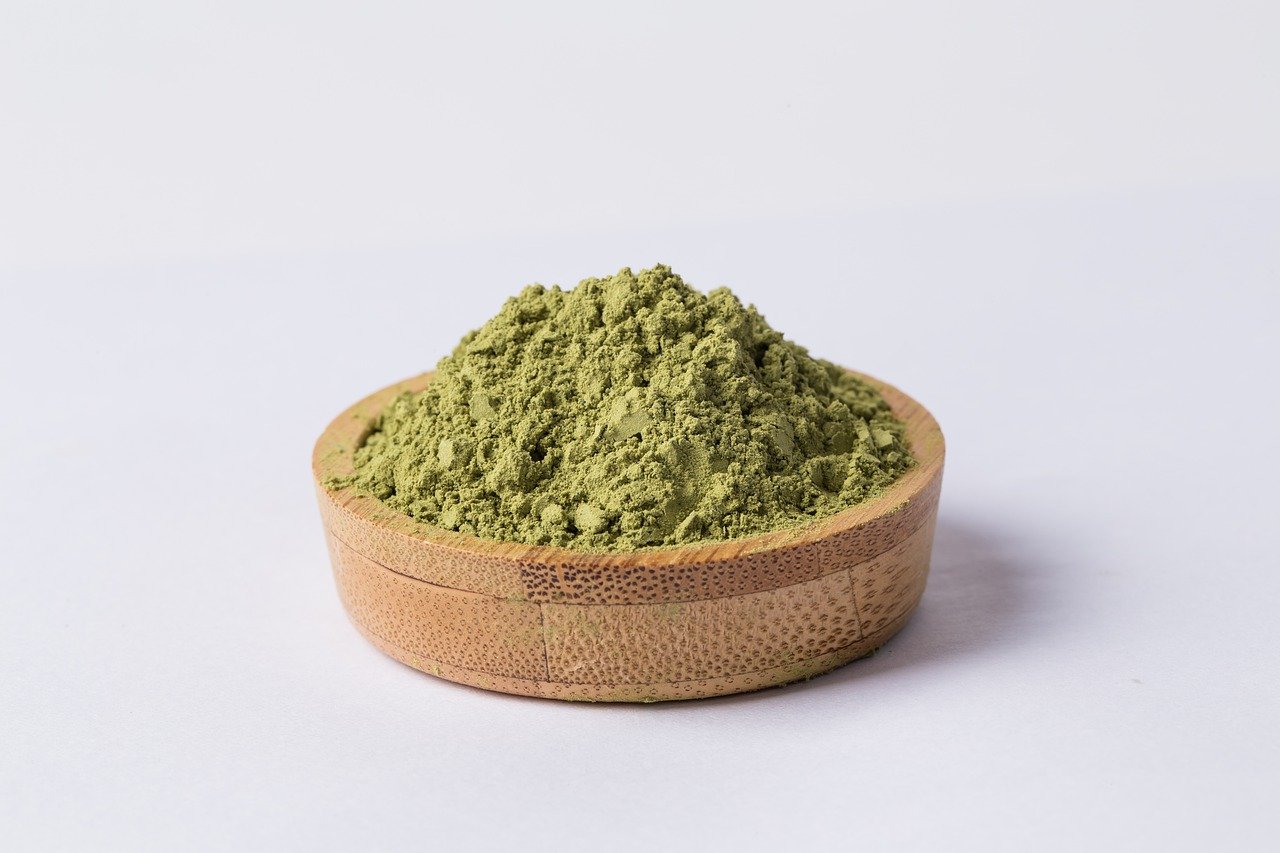
Matcha comes from the Camellia Sinensis plant and is made from the leaves typically used for green tea. Tea plants are grown around in several countries including China, Japan, Sri Lanka, Taiwan, Bangladesh, New Zealand, and the United States. The majority of green tea and Matcha comes from China, however.
Tea bushes thrive in cooler climates with a lot of rainfall. The bushes are also planted in shady areas to increase the amount of chlorophyll in the leaves which helps improve the color and boost the nutrients in the leaves.
The process of producing Matcha is a difficult one. The window to pick the leaves is small and only during early spring. Only three leaves off each branch are removed, as well. Picking the leaves is done by hand as is most of the process.
Once the leaves have been picked, any stems and veins are removed. They are steamed then ground down into a fine powder. The grinding is done in the dark to help protect nutrients, as well. Although China produces the most green tea leaves, the highest quality Matcha typically comes from Japan.
How Coffee Is Produced
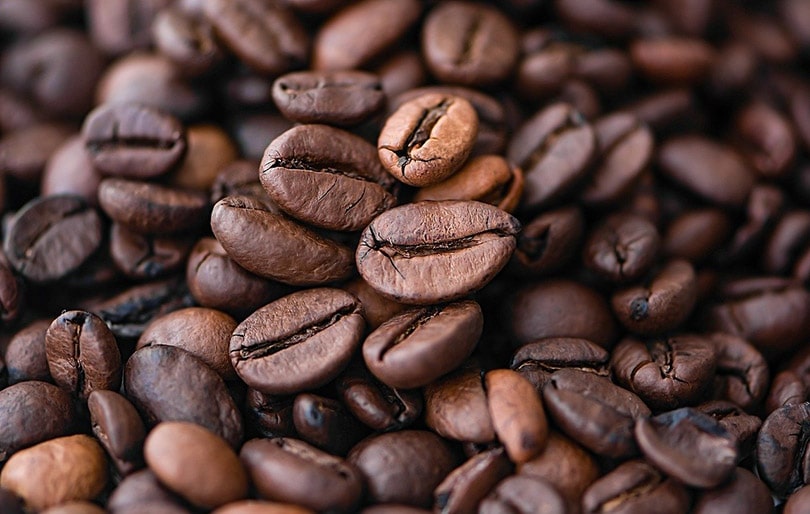
Coffea plants are better grown at high altitudes in tropical climates. Primarily produced near the equator or “the bean belt”, the top producing countries are Vietnam, Columbia, Indonesia, and Ethiopia with Brazil exporting the most. That being said, dozens of counties in Asia, Africa, South and North America (except Canada) grow Coffea plants.
There are a few ways coffee beans are produced. First, the fruit (or cherries) are picked from the plants. From there, the seeds need to be extracted by depulping the outer fruit. This is done in one of three ways; the dry method, wet or washed method, and the honey method.
The dry method is the most popular and is done by laying the fruit in a thin layer to dry in the sun. The wet process is done mechanical depulper that removes most of the flesh. The seeds are then added to water to fermate and remove the remainder of the fruit. The honey method is also done with a mechanical depilper, but this time more flesh is left before the seeds are set out to dry.
Once the seeds (beans) are separated from the fruit, they are dried out. This is done by either the sun or with machines but is more often done naturally with the sun. From there, they are either packaged as whole beans or ground down to be sold as ready to brew.

A Deeper Look at the Health Benefits
Both Matcha and Coffee have many health benefits. The difference comes in how these benefits are measured and whether they have been proven to be the causation in the benefit.
Matcha Benefits
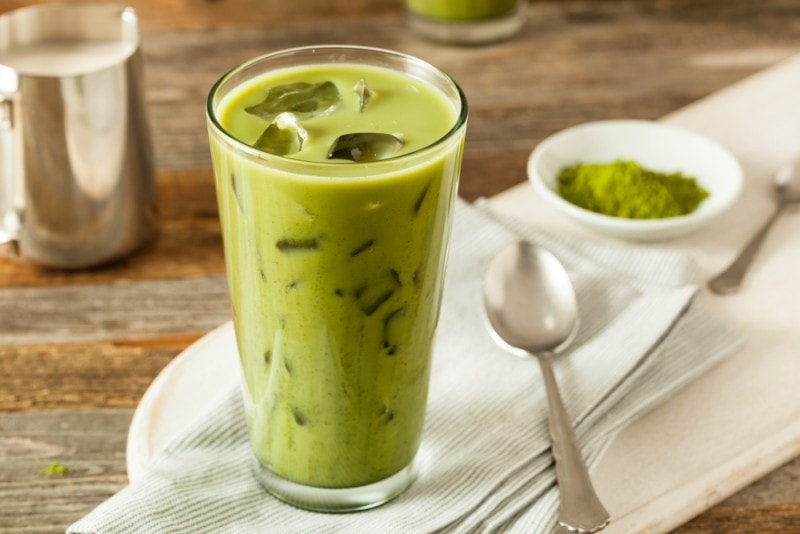
Matcha’s antioxidants are the primary reason behind its health benefits. Specifically, it contains a class of antioxidants called catechins. Matcha is high in this type of antioxidant which has been linked to many positive body effects.
One of the most important catechins in Matcha is epigallocatechin gallate (EGCG). This is a plant-based, powerful antioxidant that has been linked to cancer-fighting properties by reducing the damage by free radicals.
EGCG is also thought to fight heart disease and type 2 diabetes. A 2008 study shows a link between this antioxidant and cardiovascular health. In a 2007 study, people with type 2 diabetes who consumed Matcha or other beverages with EGCG were noted to have better blood sugar levels.
As you can see above, the EGCG antioxidant is linked to many other benefits such as lowering blood pressure and cholesterol and boosting metabolism. Unfortunately, the research into this plant-based compound is fairly new. There is little to no clinical research, though the popular studies conducted show positive results.
Another benefit of matcha, however, is caffeine. Caffeine has been widely studied for its effects on the human body. It has been linked to weight management, mental agility, increased physical performance, and anti-aging.
Coffee Benefits
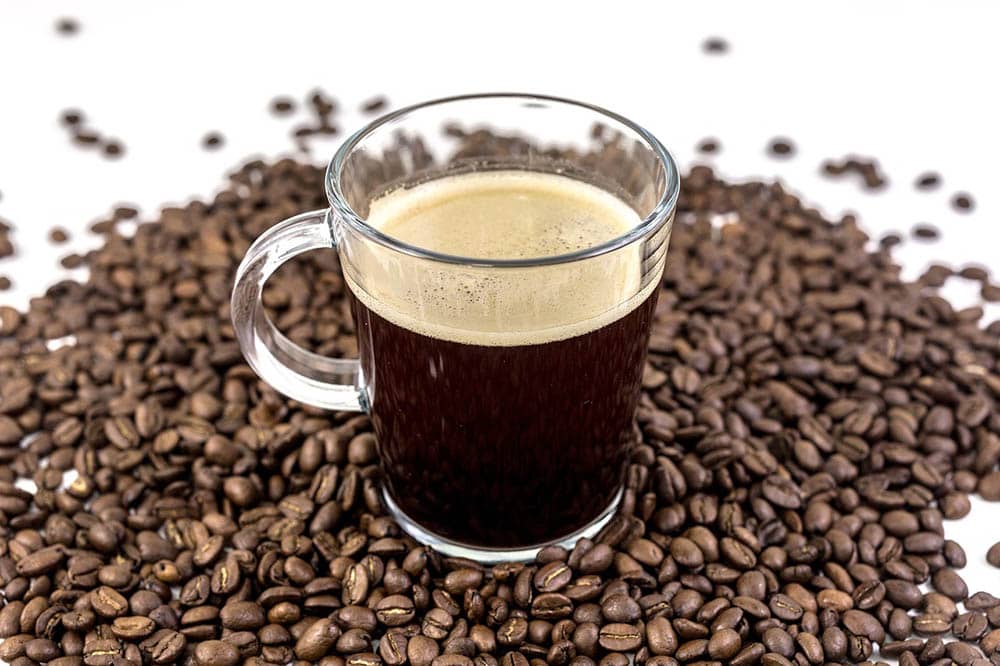
Coffee gains its health perks not just from caffeine, but from antioxidants, as well. The beans are full of the antioxidants hydrocinnamic acid and polyphenol. Like the antioxidants in Matcha, they are linked to many health benefits, but they also have more clinical backing.
For example, these free-radical fighting agents have been linked to fighting cancer, heart disease, diabetes, Parkinson’s disease, Alzheimer’s, and depression.
Other studies have also shown positive reactions between coffee and liver disease and longevity. Of course, the caffeine in coffee, which is higher than Matcha, also plays a role in your health.
Like Matcha, caffeine in coffee has been shown to increase alertness, boost energy, increase performance in athletics, and have anti-aging properties.

Caffeine: Matcha vs Coffee
Since we brought it up, one of the other frequently asked questions is which beverage contains more caffeine? In a nutshell, coffee wins this contest with a good portion more caffeine than Matcha or green tea.
That being said, the amount of caffeine can vary depending on the make, brand, and concentration of either drink. Matcha, for example, had approximately 70 mg of caffeine per serving. More to the point, it has anywhere between 19 and 44 mg of caffeine per gram.
Coffee, on the other hand, has about 95 mg of caffeine per eight-ounce cup. If you regularly have double-shots of espresso or brew coffee weaker through a drip brewer, the levels can vary.
Outside of the actual levels, Matcha is known to provide more mellow alertness than coffee. Matcha drinks often describe it as an “alert calmness”. It is also said not to have the jittery side effects or after crash that coffee often provides.

The Drawbacks
Not only do both of these beverages have their benefits, but they also have their drawbacks. Take a look at some of the downsides to each:
Matcha Drawbacks
One of the more common concerns associated with Matcha is lead. It is often found in green tea and because you are consuming the leaves instead of steeping them, worry over lead has been a real concern.
That being said, several tests have been done and no discernible levels of lead have been found in Matcha or green tea leaves, in general. This is also the case for pesticides.
There has been a link between hot beverages and esophageal cancer, however. While it is true for hot liquids across the board, it is something to be aware of when drinking Matcha.
Coffee Drawbacks
Coffee also has its drawbacks; a few of which we have mentioned already including jitteriness and esophageal cancer. Some of the other dangers include it causing anxiety, worsening high cholesterol, and insomnia.
Additionally, bad batches of coffee have been known to be toxic while consuming too much coffee in a short period of time can be lethal. Although both of these are very rare occurrences, some attention should be paid.
To give you a full look at the different properties of these two caffeinated drinks, take a look at the chart below.
| Matcha | Coffee | |
| Calories | 5 | 2 |
| Sugar | 0 | 0 |
| Carbs | 1g | 0 |
| Caffeine | 19-44 mg per gram, | 95 mg per 8 oz |
| Protein | 1g | 0.3g |
| Fat | 0 | 0.5g |
| Fiber | 0 | 0 |
| Antioxidants | Approx 400-600 mg per cup | Approx 200-550 mg per cup |

Quick Look: Our Top Choices
Our Favorite Matcha: Akira Matcha
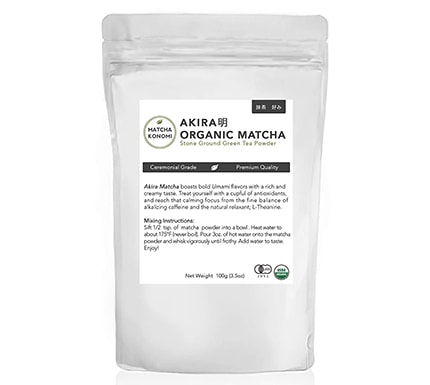
Our Favorite Matcha is the Akira Matcha which is a ceremonial grade green tea powder that is USDA and JAS certified. This high-grade tea is produced from the first harvest and is made without sugar, additives, and radiation. It is shade-grown and organic, as well. The all-natural powder has no fillers, and it has the bright green, smooth taste we look for in Matcha. Although more expensive than the typical brand, it’s well worth it.
Our Favorite Coffee: Lifeboost Low Acid Coffee Beans

Lifeboost dark roast beans are our favorite choice for a delicious coffee. This is a USDA organic, fair-trade coffee that is third-party tested for mycotoxins & pesticides. The single-origin beans are flavorful with low acidity. It has a robust mouthfeel with a chocolate aftertaste. Grown at a high altitude in Nicaragua, it’s a coffee that hits all the right notes.

Conclusion
Both Matcha and coffee have a lot going for them. They both provide a boost in energy while also giving the benefits of various antioxidants. Matcha is often seen as the healthier option of the two, yet the research is yet to catch up with popular opinion. Coffee, on the other hand, has been the long-standing caffeine of choice, yet comes with drawbacks of its own. What it comes down to is personal preference in what caffeinated hot brew is your favorite.
You may also be interested in: Caffeine in Green Tea vs. Coffee: Which Has More? By How Much?
Featured Image Credit: Left – dungthuyvunguyen, Pixabay | Right – Ozgu Ozden, Unsplash










